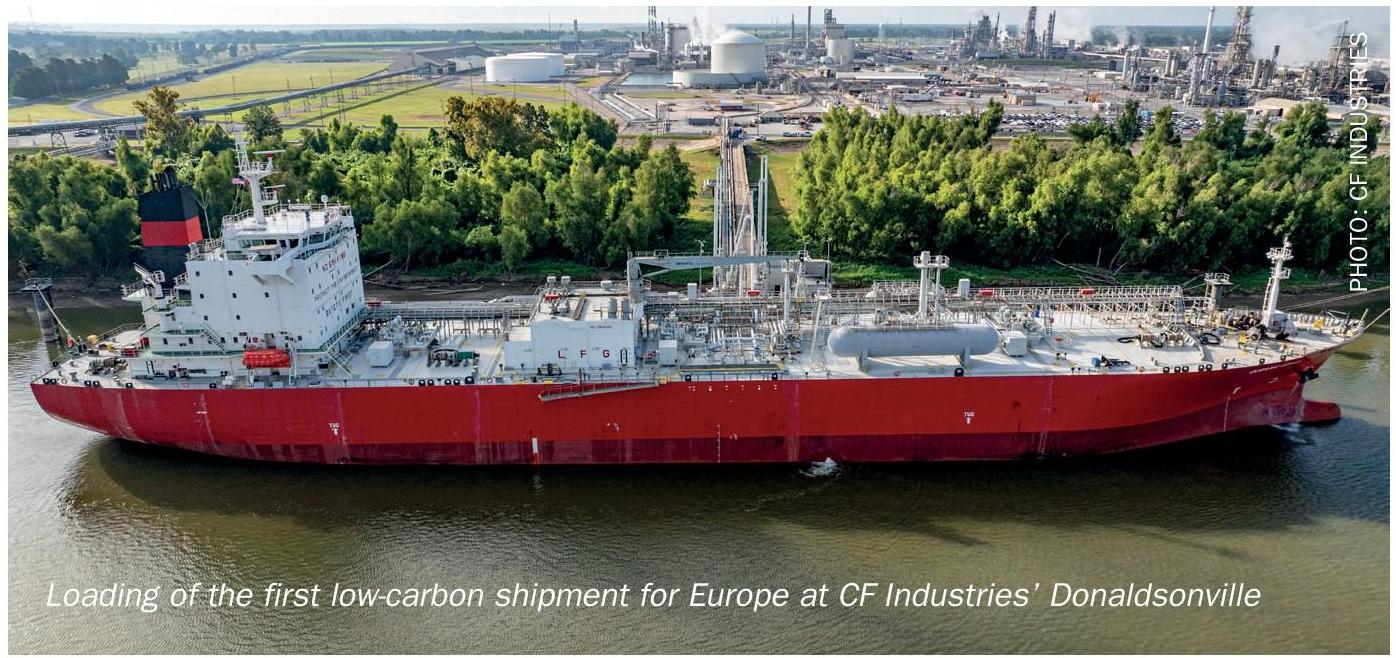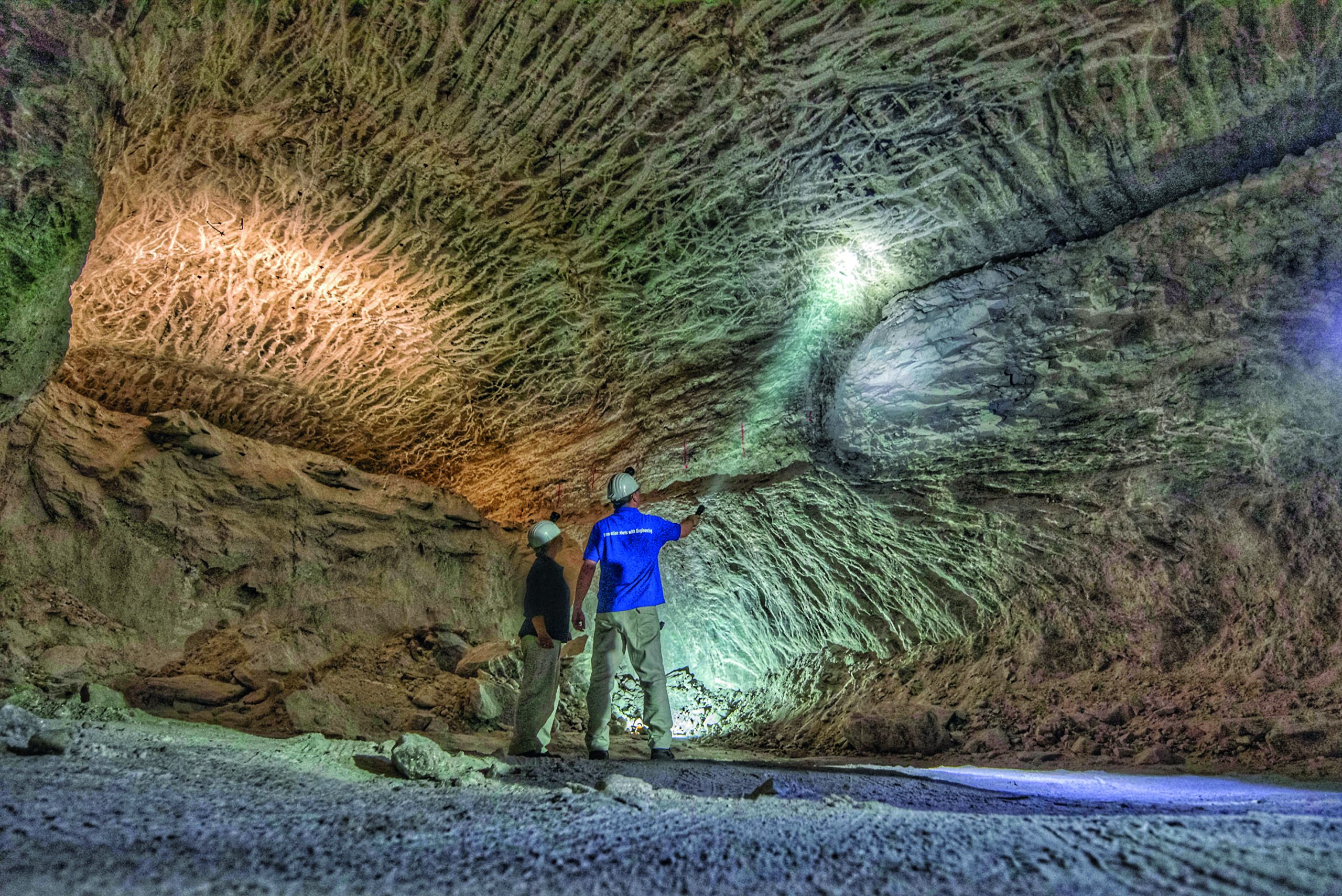Fertilizer International 528 Sep-Oct 2025

15 September 2025
KBR awarded ammonia-urea project FEED contract
KBR been awarded a front-end engineering design (FEED) contract for the development of an ammonia and urea production plant by KAR Electrical Power Production Trading FZE (KEPPT) in Basra, Iraq.
Under the terms of the contract, KBR will provide FEED for the 2,300 t/d capacity ammonia production unit and a 3,850 t/d capacity urea production unit.
The project’s ammonia process will be based on KBR’s proprietary ammonia technology. Being designed for high efficiency, low emissions, and operational reliability, this technology should help KEPPT achieve the lowest overall capex for the Basra ammonia unit and optimise the construction schedule.
“We are honored to support this pivotal project, which monetizes gas feedstock to boost the agricultural industry in Iraq,” said Jay Ibrahim, President, KBR Sustainable Technology Solutions. “Underlined by KBR’s expertise in market-leading ammonia solutions and proven FEED capability, this initiative should generate employment and reduce the dependency of fertilizer imports, while repositioning Iraq as a global ammonia producer.”
KBR has been involved in the licensing, design, engineering and/or construction of more than 260 ammonia plants worldwide.






